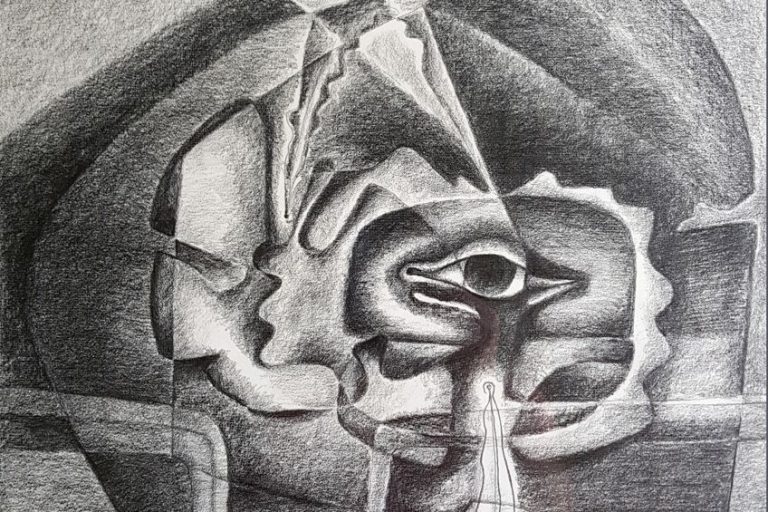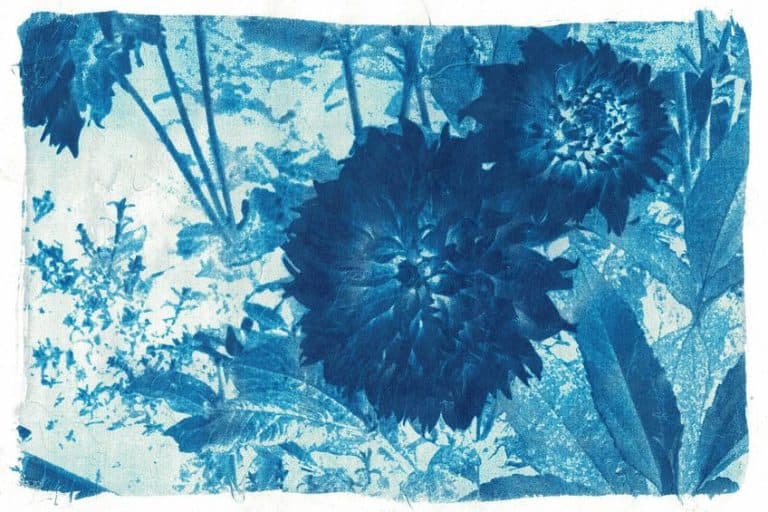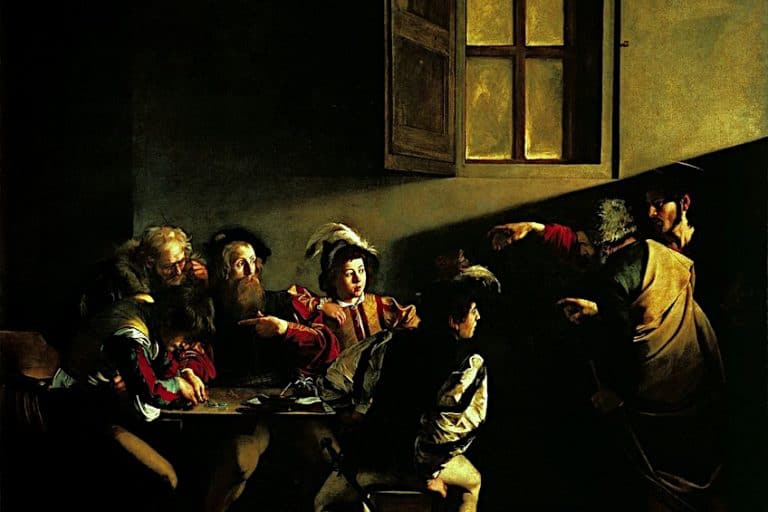Figurative Art – A Look at the World of Figurative Abstract Art
Reality and the human figure in art have been represented for hundreds of years. As Modernity and the 20th Century approached, Abstract art emerged. Figurative art became almost like its counterpart. Below we look at Figurative art, its characteristics, and some examples from Figurative artists.
A Recognizable Object: What Is Figurative Art?
Figurative art is believed to have originated in congruence with Abstract art during the 20th Century. Trying to understand Figurative art can be confusing at first because it requires a mental understanding of various concepts like figurative, abstract, representational, non-representational, objective, and non-objective.
It is a complex and vast categorization of art, holding many different art movements in the (figurative) palm of its hand. Let us explore this further and work towards a Figurative art definition.
Towards a Figurative Art Definition
Figurative art is described by some sources as “creating a likeness” of shapes, objects, or even places. It is also called Figurativism, but it is important to remember that it is not the same as figure artworks, which directly focus on depicting the human (or animal) figure as the primary subject matter. Figure artworks are also referred to as “figural art” or figure paintings”.
Figurative art can be defined as any type of art where the subject matter is recognizable from the real world, i.e., it shares a “likeness”. For example, if we see blue horses in a painting, we know these horses do not really exist, but we recognize their shape and form as animals from reality. For the above example, see Franz Marc’s oil painting titled, Large Blue Horses (1911).

However, the Figurative art definition is very broad because it extends from true-to-life depictions of figures (human forms) to less realistic depictions that nonetheless depict a recognizable form, thus falling under the term “figuration”.
Additionally, the advent of photography during the 19th century and contemporary technologies like graphic arts has broadened the definition and understanding of Figurative art.
Abstraction versus Figurative Art
There is a lot of debate in the art world that Abstract art and Figurative art are different, in fact, the opposites of one another and simultaneously not. There does seem to be an interconnection between the two types of art categories rendering them not “mutually exclusive” from the other. But what are these interconnections and what are the differences between them?
To start, let us first look at what Abstract art is, which will not take us long to figure out because if it is the “opposite” of Figurative art, then it simply means Abstract art does not depict any “likeness” to reality. It is purely non-representational and non-recognizable from nature.
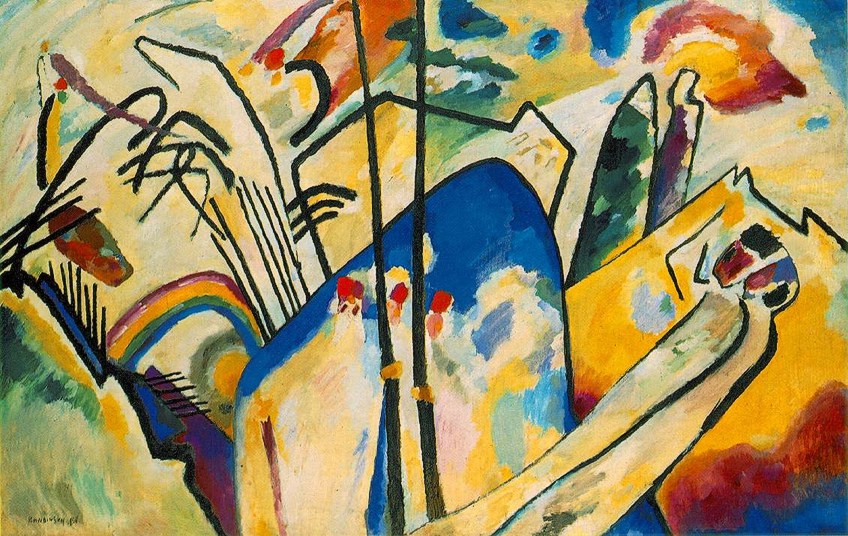
Abstract art first found its roots during the early 20th Century in movements like German Expressionism and Abstract Expressionism. There were hints of abstraction in art during the 19th Century art movements like Impressionism, however, artworks were not wholly abstract and there were still figurative aspects present, we can refer to this as a form of figurative abstract art.
Artists merely started using formal elements like color and line in more non-traditional ways compared to the Classical Realism we find from art movements like the Renaissance and the principles taught through art academies in Europe. If we really want to get detailed, we can also say that Abstract art has been around since the dawn of time with the geometric forms of prehistoric cave art and rock engravings.
Sources also suggest that all art is abstract because it depicts a representation of reality in some way, shape, or form based on how the artist views it, and it can never really be completely “real”. Cubist artist Pablo Picasso did not believe in Abstract art.
Artists started using colors and shapes to convey meaning through their art, which made the focus on depicting the figurative less important as subject matter. During the 1900s Abstract art is believed to have started with artists like Piet Mondrian, Kazimir Malevich, Robert Delauney, Jackson Pollock, Clement Greenberg, and many others.
It was especially Wassily Kandinsky who believed in the higher qualities related to color and shape in paintings. His publication, Concerning the Spiritual in Art (1912) explored these questions. Kandinsky was also known as the “Father of Abstract art”, for examples of his work, see one of his abstract works, titled, Composition V (1911).
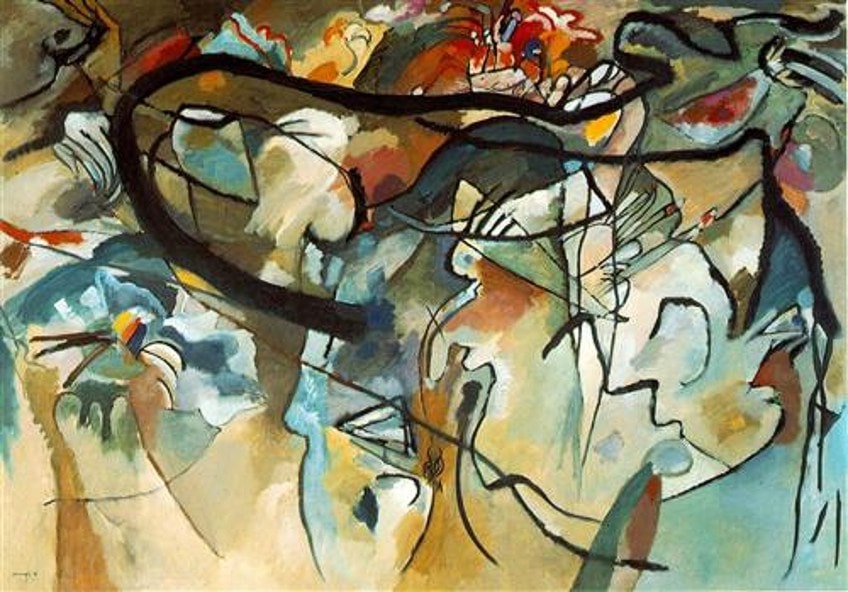
We will still find this tendency towards figurative expressionism throughout many of the above-mentioned movements from the 19th and 20th Centuries, but much like Abstract art, it has been around since the dawn of time too, also evident in prehistoric cave paintings with human or animal figures.
Figurative art had major prominence during the Renaissance, Mannerism, and Baroque art periods where there was a strong focus on depicting images close to nature. It covered numerous genres too, for example, history painting, still lifes, landscape paintings, and as it goes without saying the human form.
If we look at Figurative art within the context of the 20th Century or Modern art, around the time Abstract art became more prominent as an intentional art style, it gains a bit of a different meaning.
In this sense, it distinguishes works of art that are completely abstract, for example, the abstract Autumn Rhythm (Number 30) (1950) by Jackson Pollock, from artworks that are more representational, such as Les Demoiselles d’Avignon (1907) by Pablo Picasso.
Picasso’s painting represents more of reality as we can see the shapes of figures and understand the subject matter, however, Pollock’s painting does not represent any shape or form we can understand and connect to reality.
The above points pose various questions. For example, is all representational art Figurative art? Is Figurative art also Realism? Can an abstract work, like the above-mentioned Pollock, still “represent” an idea or emotion even if it is not in the likeness of a real figure or object that we can recognize as such, in which case would this be a type of figurative abstract art?
These are important questions to consider when we explore Figurative art and its role as an art category within the broader sphere of other art categories. The one cannot seem to exist without the other; in other words, Abstract art seemingly gives Figurative art its definition and vice versa.
For a better understanding of Figurative art, it has been suggested to think of it in terms of a continuum where “pure abstraction” is at one end and “ultra-realism” is at the other end. As we move along this continuum abstract becomes more figurative, in other words, it develops into forms we understand and recognize.
Examples of Figurative Artworks
As mentioned above, Figurative art includes a range of different genres, from landscapes, portraits, still lifes, and others. It is not only limited to paintings either; Figurative sculpture also depicts the representation of recognizable objects, typically the human form we see as far back as Greek, Roman, or Renaissance sculptures.
Below, we will look at a few examples of Figurative painting and sculpture from the past to the present.
Figurative Painting and Sculpture
Under the Figurative painting categorization or umbrella, there are many artists with their own unique perspectives and styles. Going all the way back to the earlier periods of the Renaissance, for example, we see artists like Giotto and Masaccio rendering biblical characters with the first traces of realism and a three-dimensionality not seen in painting before. This was also referred to as mimesis, which is the Greek word for “imitation”.
Giotto was one of the first painters to bridge the gap between the flatter two-dimensionality of Medieval art and a new “realism” that brought a three-dimensionality to art. His fresco Lamentation of the Death of Christ (1305) takes the first figurative steps, seen especially in the way he portrayed the facial expressions on the people and angels.
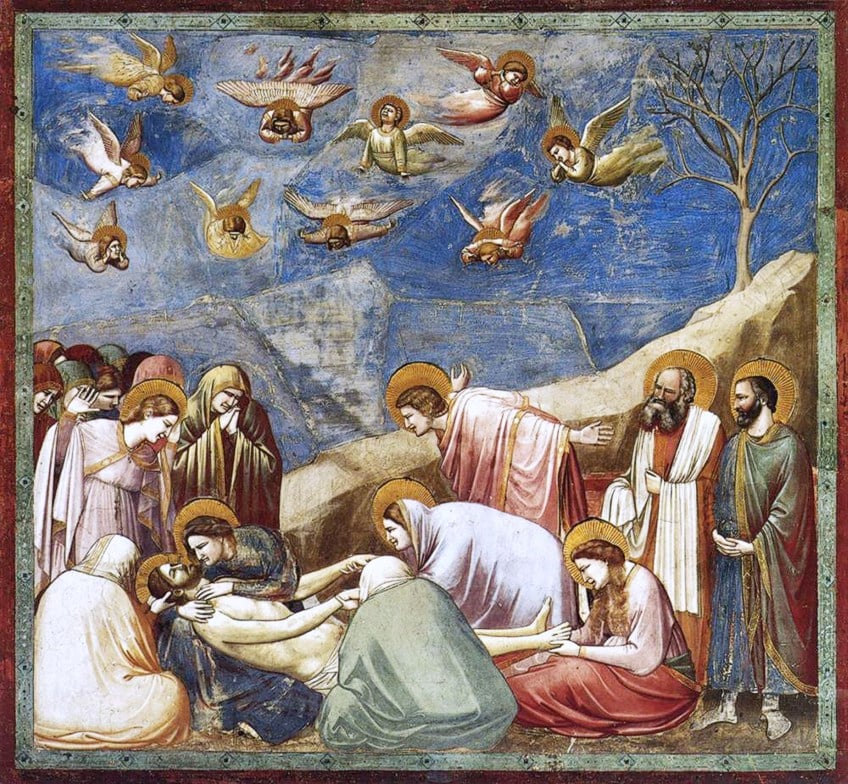
Another early Renaissance master was Masaccio, the way he incorporated linear perspective into his paintings created depth and an emphasized three-dimensional space. Examples from Masaccio include his famous fresco paintings, The Tribute Money (c. 1425), The Expulsion from the Garden of Eden (1426 to 1427), and the San Giovenale Triptych (1422). In many of Masaccio’s figures, we see eye to detail with anatomical correctness.
This very anatomical correctness was developed even further in the paintings of Leonardo da Vinci, Michelangelo, Alessandro Botticelli, Artemisia Gentileschi, Jacques Louis David, Jan van Eyck, and Rembrandt van Rijn, to name a few.
Leonardo da Vinci was one of the greatest artists that lived, considered a genius, he painted with a technical skill many artists could not duplicate. Probably his most famous figurative painting is the Mona Lisa (c. 1503).
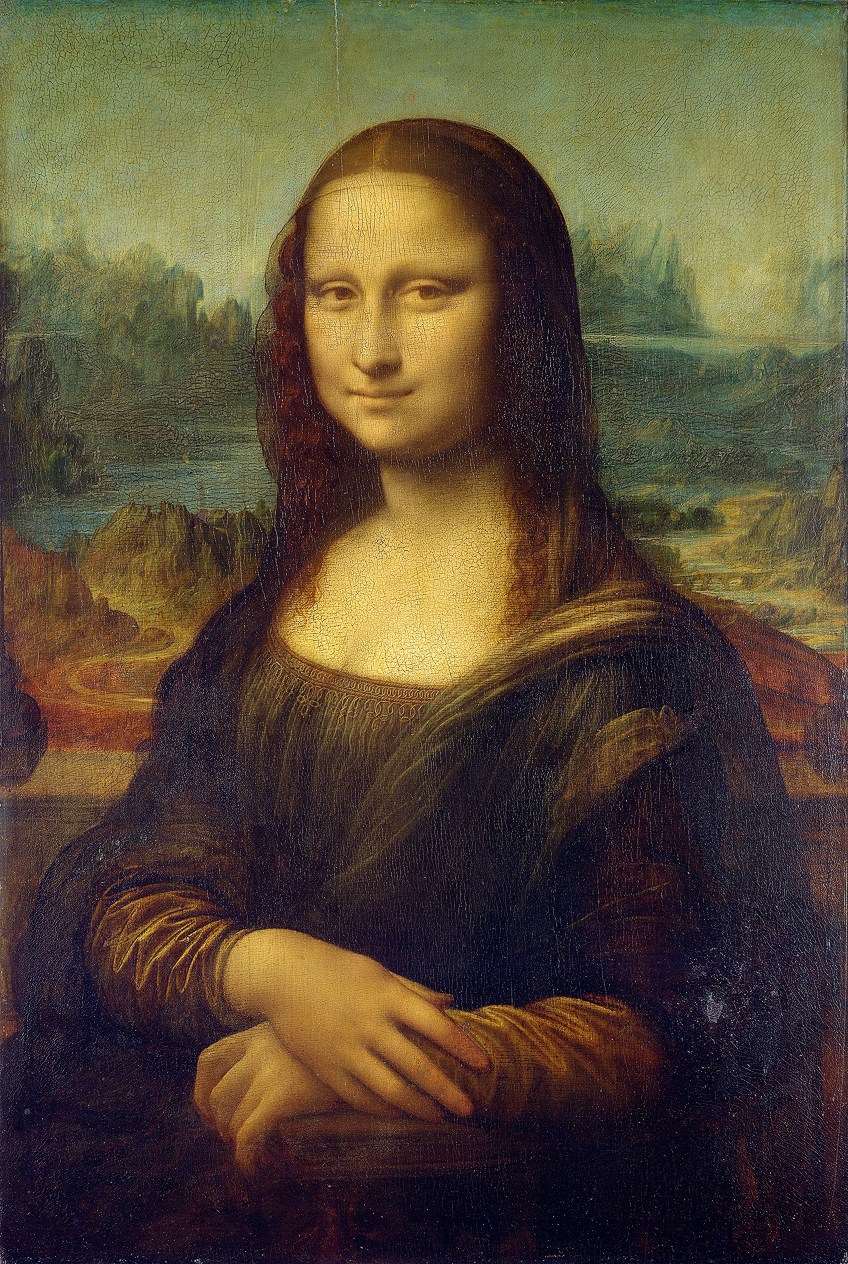
Lest we forget Michelangelo, who depicted his subject matter and figures so close to nature we can see almost every muscle, see for example the Ignudi (c. 1508 to 1512), who are figures painted on the Sistine Chapel’s ceiling. Ignudi is an Italian word with reference to meaning “naked”. Michelangelo painted 20 figures to accompany the larger frescoes, which include The Creation of Adam (1508 to 1512) and The Last Judgment (1536 to 1541).
Some of the best examples of figurative sculpture come from Michelangelo, namely, the marble statues “Pietà” (1498 to1499) and “David” (1501 to 1504).
These sculptures depict masterful craftsmanship and attention to detail, they appear almost real, this is emphasized in the anatomical accuracy for the nude figure of David and the diaphanous qualities of Mother Mary’s garments in the Pietà.
The subject matter was so true to nature it almost appeared photographic, for example, the Flemish Northern Renaissance painter, Jan van Eyck, was one of the most renowned artists of his time for using oil paints. The Arnolfini Portrait (1434) is among a few of his famous figure artworks.
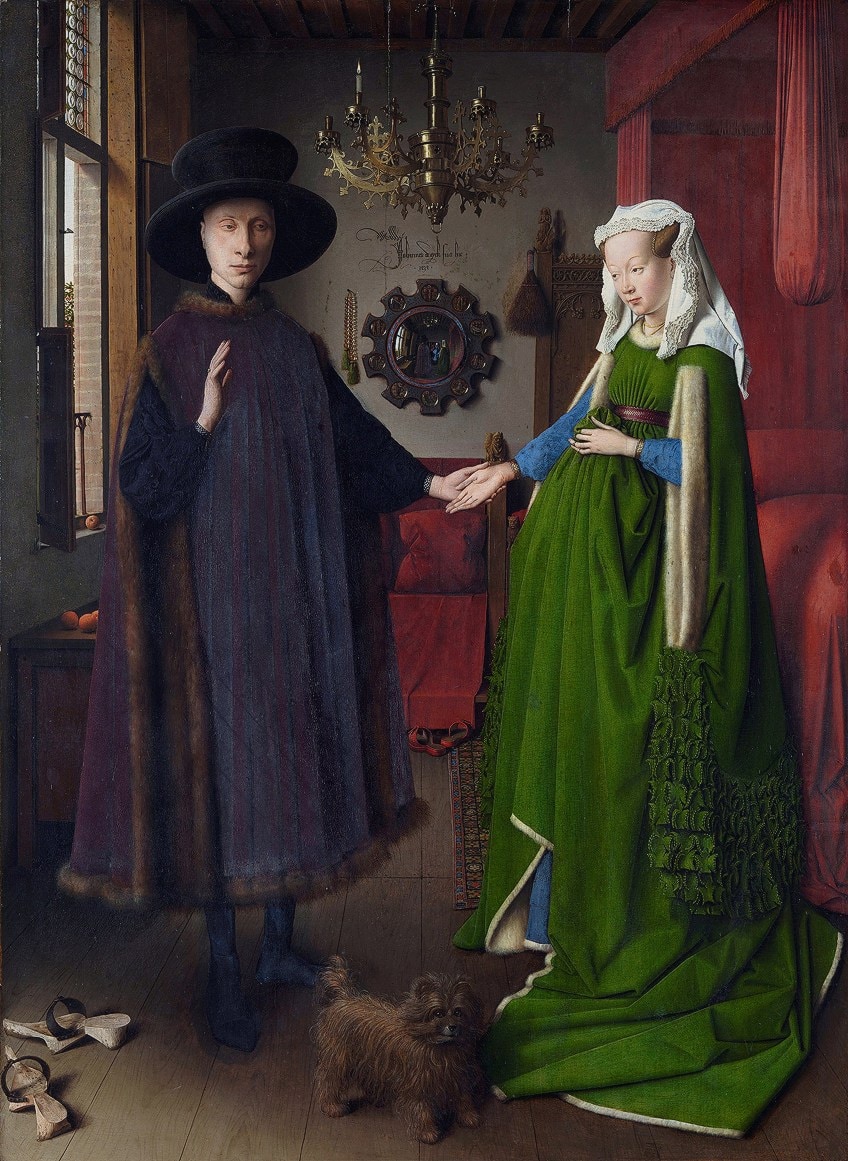
We continue seeing this realistic portrayal of figures in succeeding art movements like Mannerism, Baroque, and Romanticism. Mannerist painter, El Greco was famous for painting figures with more elongated anatomy based on the artist’s imagination and subjective perspectives.
This art movement started to move away from the true-to-nature depictions that we see from the Classical era; there is a greater move towards figurative expressionism as we move from Mannerism to Baroque and beyond.
Let us quickly stop at the Baroque, Rococo, and Neoclassical movements that came after Mannerism before we introduce the Modern era.
The Baroque art period is characterized by figures painted with more dynamism, rich colors, and stronger contrasts of light and dark. These elements contributed towards the expression of exuberance, more detail, dramatism, and emotion.
Famous artists include Artemisia Gentileschi and her painting, Judith Beheading Holofernes (between 1611 and 1612), depicting the moment of action when Judith and her maidservant beheads Holofernes who was an Assyrian general. Other artists include Caravaggio, who painted numerous portraits and paintings of Biblical and secular figures, including his version of Holofernes’s beheading, similarly titled, Judith Beheading Holofernes (c.1598 to 1599).
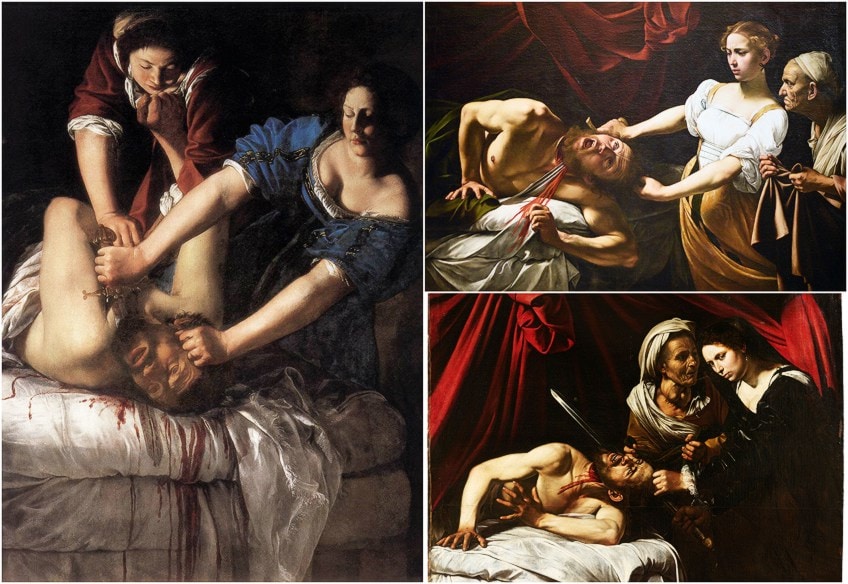
Caravaggio, CC BY-SA 4.0, via Wikimedia Commons | BOTTOM RIGHT: Judith Beheading Holofernes (c. 1598-1610) by Caravaggio; Caravaggio, Public domain, via Wikimedia Commons
The Rococo period started during the 1700s in France, it was also very extravagant in detail and figures expressed the grandiosity and lavishness of an aristocratic lifestyle. The succeeding Neoclassicism expressed quite the opposite and focused on portraying figures as more heroic with more anatomical correctness, as we see in Jacques-Louis David’s Oath of the Horatii (1784).
Other artists like Angelica Kauffman also focused on numerous portrait paintings of various figures, including herself, for example, Self-portrait (c. 1770 to 1775) and her preliminary drawing, Study of a Standing Woman (c. 1792 to 1796), which would become part of her painting titled, Let the Little Children Come Unto Me (1796).
The New Figurative: From Perfect to Perfectly Imperfect
As we move into the 19th and 20th centuries we have prominent art movements like Impressionism, Post-Impressionism, Fauvism, Cubism, and Expressionism, Neo-Expressionism, up to contemporary figurative painters like Emily Mae Smith who gives figurative qualities to objects, seen in one of her artworks, Brooms with a View (2019).
Impressionist painter, Édouard Manet, was one of the leading figures of the Modern art movement. His painting, Le Déjeuner sur l’Herbe (1862 to 1863) marked a new type of painting style compared to the classical above-mentioned movements.

Manet’s work is characterized by the move away from historical and Biblical figures and themes and the adherence to Classical rules of painting like linear perspective to achieve three-dimensionality. Furthermore, Impressionist painters sought to paint real life as they saw it and not an idealistic version of it, this included figurative painting.
In other words, there was a move away from the almost “perfect” and symmetrical representations to an imperfectly perfect representation of life.
Other examples of Impressionist figurative art include Edgar Degas’s paintings that explore the human figure but that of everyday people. This was expressed through the exploration of color, form, and composition, however, Degas also enjoyed painting more realistic aspects of life and the way figures moved.
Notable examples of this include his Musicians in the Orchestra (1872), Place de la Concorde (1875), At the Races (1877 to 1880), and his famous ballet dancers, for example, his figurative sculpture made from wax, The Little Fourteen-Year-Old Dancer (c. 1880), and collection of paintings, for example, Foyer de la Danse (1872).

In Post-Impressionism paintings artists painted more figurative abstract art that expressed the ideals of the artist and how they saw the subject matter instead of trying to portray it as it appeared. Artists utilized formal elements like color, line, form, and shape to express these inner, subjective, realities.
Some of the Post-Impressionist artists and their figurative paintings include Vincent van Gogh’s Portrait of Doctor Gachet (1890) and Self-Portrait with Bandaged Ear (1889), as well as Paul Gauguin’s Vision After the Sermon (1888), and The Yellow Christ (1889), which is an exemplary figurative abstract art painting, fusing not only the religious figure of Christ on the cross, but also colors that do not occur in real life, being Christ’s yellow body and the surrounding yellow landscape. Other notable figurative abstract paintings include Paul Cézanne’s, The Large Bathers (1900 to 1906), depicting a group of female nudes arranged in different positions.
This is another fine example of the move from symmetrical and realistic depictions of the nude figure to a more abstracted and expressive rendering.
Furthermore, Cézanne’s nudes appear without detailed facial expressions, neither do they appear like mythological nudes we see in paintings like Botticelli’s Birth of Venus (c. 1484 to 1486). The typical female nude prevalent throughout the Western art world is given a new figuration, so to say.
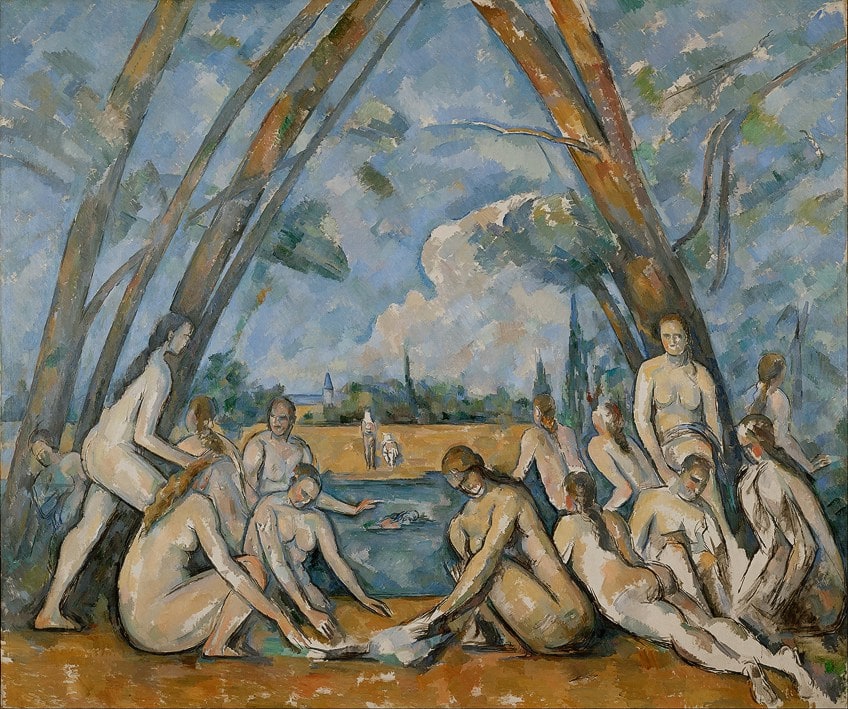
We see other renderings that veer more towards figurative expressionism from the Symbolism art movement in Edvard Munch’s The Scream (1893) and Gustav Klimt’s The Kiss (1907 to 1908), Adele Bloch-Bauer (1907), and Judith II (1909).
Fauvism’s Henri Matisse also subverted the traditional figure portraits with his own expressive and “wild” use of colors, seen in his oil painting, Woman with a Hat (1905). This is one example among many that indicate the move away from representing the world as it is, which is what Fauvism was all about – moving away from the theoretically based representation of reality and the rules related to painting.
The Fauves focused more on how color conveyed emotions and this was often depicted in wild ways. In fact, the French term “fauve” means “wild animal”.
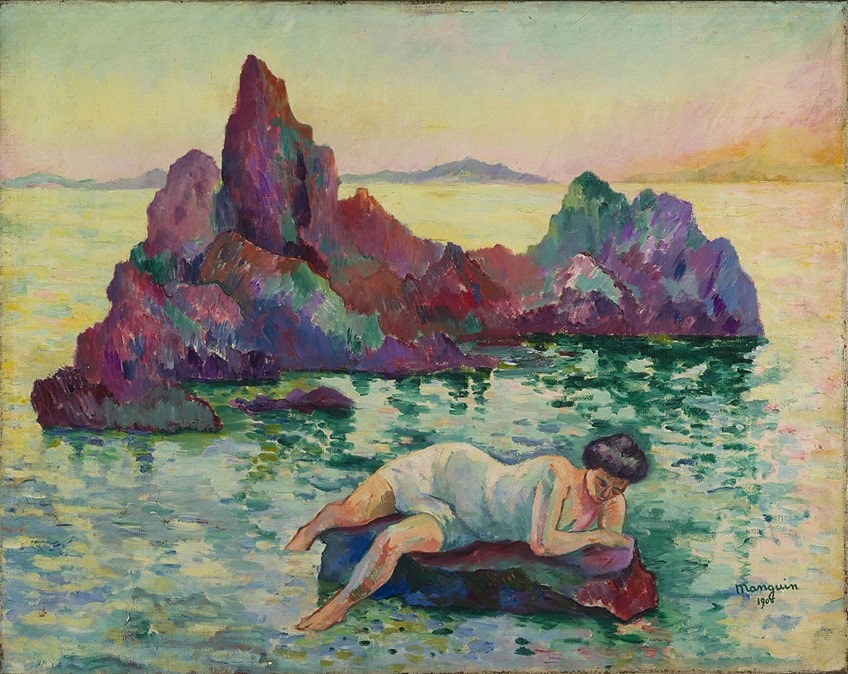
Other contemporary figurative painters include the Kenyan Michael Armitage, who paints colorful and expressive renderings of figures and events based in East Africa. His paintings are dynamic, and the figures all seem to be in a state of action, examples include The Promised Land (2019) and Mydas (2019). The British, Lynette Yiadom-Boakye, creates paintings of black figures during various actions wearing different costumes or outfits, for example, Light of the Lit Wick (2017) and Uptown for Sixes (2019).
The figurative abstract art from Reggy (Tong) Liu, originally from Harbin city in China, combines Western and Oriental influences and creates very close to abstract paintings inspired by African masks and the “social masks” we all wear, this is seen in her African Inspiration (c. 2018) series.
Liu’s artwork is reminiscent of the paintings we see from Cubism’s Pablo Picasso, bordering on abstract, yet we can recognize a likeness in it.
Go Figure
There is a lot of overlap when it comes to Figurative art and Abstract art, it is a comingling of concepts like representational, non-objective, non-representation, objective, figurative abstract art, and figurative expressionism. Although this can be confusing for someone who does not have an art degree, so to say, it does not have to be. Figurative art could be regarded as one side of the same coin, of which Abstract is the other side.
The figure has long been a staple subject matter in art, and artists have experimented, and continue to do so, with the interpretation of reality from multitudes of perspectives, which often appear far removed from what is actually “real”. It is nonetheless recognizable by us.
Maybe this is the best way to interpret and understand Figurative art: It is merely a recognition of familiar shapes and forms that we, as human beings, know and see from our memory and recall of daily existence translated into art. Whether it is a blue horse or a statue of Venus, we have a fundamental human understanding of it.
Take a look at our Figurative art painting webstory here!
Frequently Asked Questions
What Is Figurative Art?
Figurative art is any type of art where the subject matter is recognizable from the real world, hence it shares a “likeness” of shapes, objects, figures, or even places. Sometimes it is also called Figurativism. It is not the same as figure artworks, which directly focus on depicting the human (or animal) figure as the primary subject matter.
What Is the Difference Between Figurative and Abstract Art?
There are differences and similarities between Figurative and Abstract art. In Modern art, Abstract art does not depict any “likeness” to reality. It is purely non-representational and non-recognizable from nature whereas Figurative art is representational and explores figuration, be it human, animal, or object. The representation of the figure or any recognizable object can still be abstracted and regarded as figurative, in this case, figurative abstract art.
Is Figurative Art an Art Movement?
Figurative art can be considered an umbrella term or categorization of art that shares a likeness of shapes, objects, figures, or even places. There are multitudes of art movements that fall under it, namely, the Renaissance, Mannerism, Baroque, Impressionism, Expressionism, Surrealism, Cubism, and many more.
Isabella studied at the University of Cape Town in South Africa and graduated with a Bachelor of Arts majoring in English Literature & Language and Psychology. Throughout her undergraduate years, she took Art History as an additional subject and absolutely loved it. Building on from her art history knowledge that began in high school, art has always been a particular area of fascination for her. From learning about artworks previously unknown to her, or sharpening her existing understanding of specific works, the ability to continue learning within this interesting sphere excites her greatly.
Her focal points of interest in art history encompass profiling specific artists and art movements, as it is these areas where she is able to really dig deep into the rich narrative of the art world. Additionally, she particularly enjoys exploring the different artistic styles of the 20th century, as well as the important impact that female artists have had on the development of art history.
Learn more about Isabella Meyer and the Art in Context Team.
Cite this Article
Isabella, Meyer, “Figurative Art – A Look at the World of Figurative Abstract Art.” Art in Context. November 23, 2021. URL: https://artincontext.org/figurative-art/
Meyer, I. (2021, 23 November). Figurative Art – A Look at the World of Figurative Abstract Art. Art in Context. https://artincontext.org/figurative-art/
Meyer, Isabella. “Figurative Art – A Look at the World of Figurative Abstract Art.” Art in Context, November 23, 2021. https://artincontext.org/figurative-art/.






